Understanding meteor showers: example of the Draconids and Orionids 2025
The meteor showers, or meteor streams, are fascinating celestial phenomena that regularly light up our night skies. In October 2025, two of these events, the Draconids and the Orionids, will offer observers a unique opportunity to admire these luminous displays. But what is a meteor shower and how does it occur? Let's dive into the world of meteors to better understand these phenomena and discover how to best observe the Draconids and Orionids of 2025.
What is a meteor shower?
A meteor shower occurs when the Earth passes through a cloud of debris left by a comet or, more rarely, by an asteroid. These debris, mainly composed of dust and small particles, enter the Earth's atmosphere at high speed, usually between 11 and 72 km/s. On contact with the air, these particles heat up and disintegrate, creating bright streaks that we commonly call \"shooting stars\".
The Draconids of 2025
The Draconids, also known as the Giacobinids, take their name from the Dragon constellation (Draco), from which the meteors appear to originate. This swarm is associated with comet 21P/Giacobini-Zinner, discovered in 1900. The Draconids are known for their unpredictable activity outbursts. For example, in 1933 and 1946, meteor storms were observed, with zenithal hourly rates (ZHR) reaching respectively 6,000 and 3,000 meteors per hour. (en.wikipedia.org)
In 2025, the Draconids will reach their peak on October 8. Forecasts suggest a ZHR could reach around 400 meteors per hour, making it a particularly active year for this swarm. (en.wikipedia.org) In addition, the Moon will be in its first quarter phase, which means it will set in the early evening, leaving the sky dark enough for optimal observation.
The Orionids of 2025
The Orionids are associated with the famous Halley’s Comet, which leaves behind a trail of debris as it passes through the inner solar system. Each year, toward the end of October, the Earth passes through this cloud of particles, giving rise to the Orionid meteor shower. The meteors of this swarm seem to originate from the Orion constellation, hence their name.
In 2025, the peak of the Orionids is expected on October 21, with a ZHR estimated at around 20 meteors per hour. The Orionids are known for the speed of their meteors, which enter the Earth's atmosphere at about 66 km/s, often leaving bright, persistent trails. However, the full Moon will coincide with the swarm's peak in 2025, which could reduce the visibility of the faintest meteors due to moonlight.
Observer tips for beginners
To maximize your chances of observing these meteor showers, here are a few recommendations:
-
Choose a dark place : Get away from urban lights to reduce light pollution. Rural areas or parks distant from cities are ideal.
-
Prepare warm clothing : October nights can be chilly. Dress accordingly and bring a blanket or a lounge chair for added comfort.
-
Be patient : You may have to wait several minutes before seeing a shooting star. Allow yourself at least an hour of observation to increase your chances.
-
Avoid electronic devices : The light from screens can reduce your adaptation to the dark. Turn off your phones or use apps in night mode.
-
Look toward the radiant, but not only : While meteors seem to originate from the associated constellation (Draco for the Draconids, Orion for the Orionids), they can appear anywhere in the sky.
Conclusion
The Draconids and the Orionids of 2025 offer astronomy enthusiasts an exceptional opportunity to observe meteor showers. By understanding the origin of these phenomena and following a few simple tips, even beginner observers can fully enjoy these celestial displays. Whether you are an amateur astronomer or simply curious about the night sky, these events are an invitation to look up and marvel at the beauty of the universe.
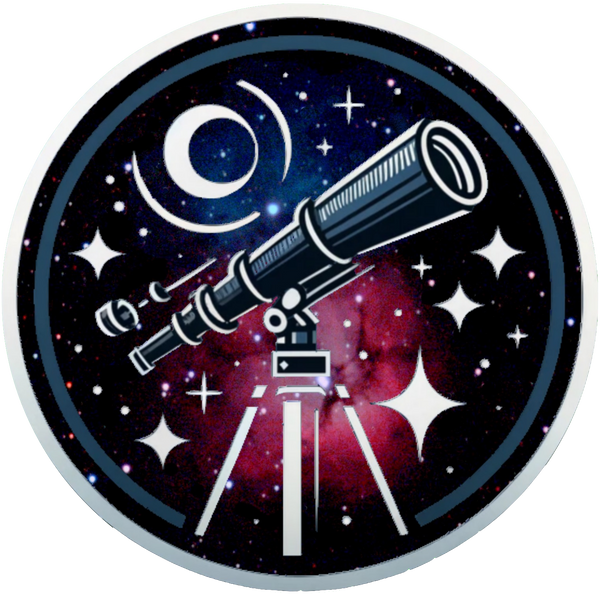
 All
All
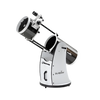 Dobson
Dobson
 Refractors
Refractors
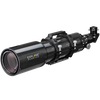 Ed & Apochromates
Ed & Apochromates
 Newtonian reflector
Newtonian reflector
 Schmidt Cassegrain
Schmidt Cassegrain
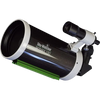 Maksutov-Cassegrain
Maksutov-Cassegrain
 Solar
Solar
 Researcher
Researcher
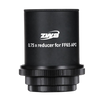 Focal reducer
Focal reducer
 Intelligent
Intelligent
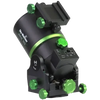 All
All
 Equatorial
Equatorial
 Alt/Az
Alt/Az
 Harmonic
Harmonic
 Tripods
Tripods
 Accessories
Accessories
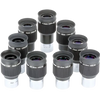 All
All
 Wide angle
Wide angle
 Zoom eyepieces
Zoom eyepieces
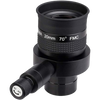 Reticulated eyepieces
Reticulated eyepieces
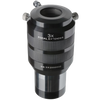 Barlow
Barlow
 Plössl
Plössl
 Binoculars
Binoculars
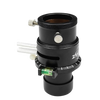 Atmospheric Corrector
Atmospheric Corrector
 All
All
 Visual
Visual
 Photo
Photo
 Polarisants
Polarisants
 Solar Filters
Solar Filters
 Accessories
Accessories
 All
All
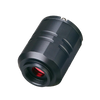 Color Cameras
Color Cameras
 Monochrome Cameras
Monochrome Cameras
 Planetary/Guiding
Planetary/Guiding
 Objectives
Objectives
 All
All
 Binoculars
Binoculars
 Spotting Scope and Monocular
Spotting Scope and Monocular
 Elbows
Elbows
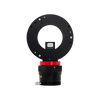 Optical Divider
Optical Divider
 Mirrors
Mirrors
 All
All
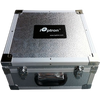 Bags and protections
Bags and protections
 Supports and counterweights,
Supports and counterweights,
 Camera adapters
Camera adapters
 Focuser
Focuser
 Collimation
Collimation
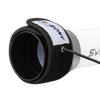 Heating band
Heating band
 Cables
Cables
 Collars
Collars
 Computers
Computers
 Fans
Fans
 Others
Others
 All
All
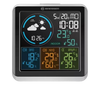 Weather Station
Weather Station
 Thermometer
Thermometer
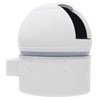 All
All
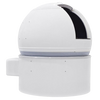 Observatory/Domes
Observatory/Domes
 Accessories
Accessories
 Askar
Askar
 Baader
Baader
 Bresser
Bresser
 Celestron
Celestron
 Explore Scientific
Explore Scientific
 GSO
GSO
 Optolong
Optolong
 Touptek
Touptek
 Vixen
Vixen
 ZWO
ZWO